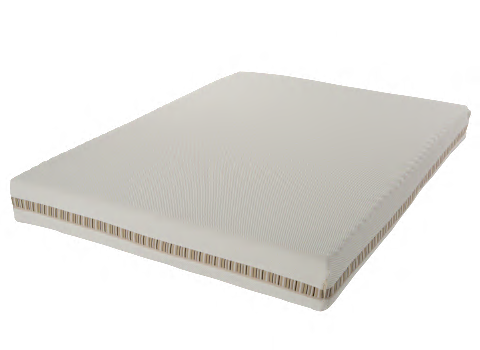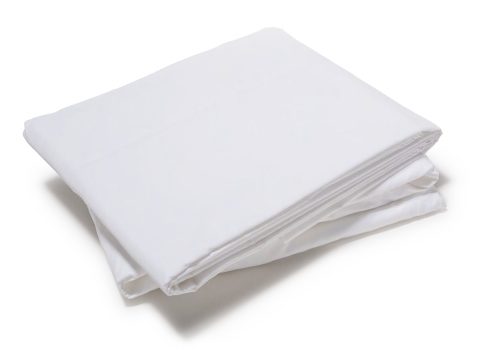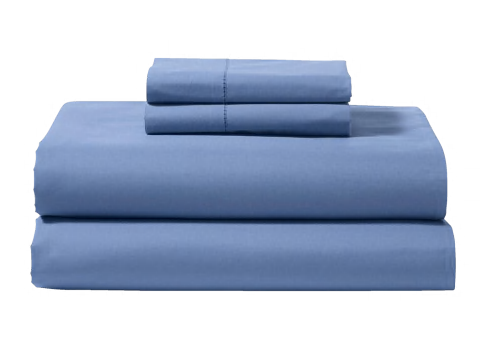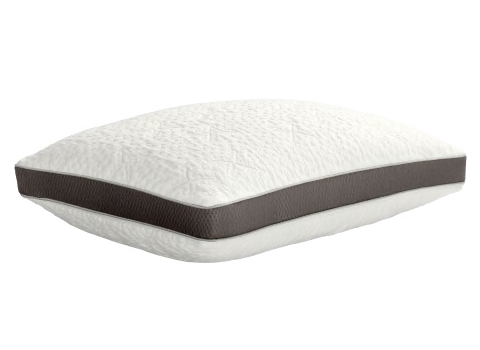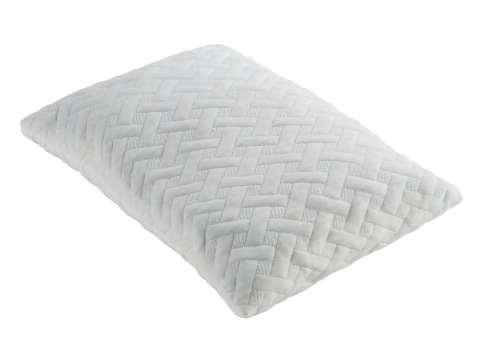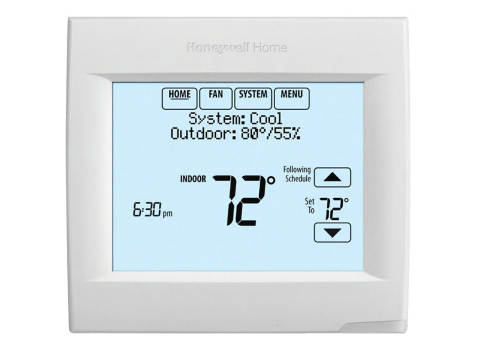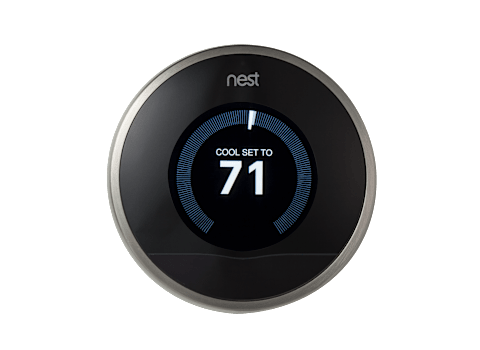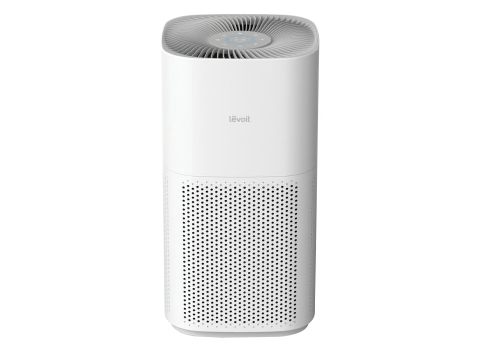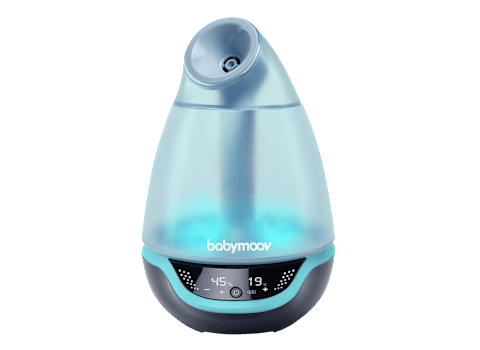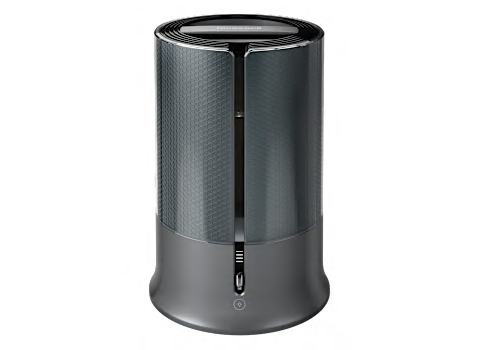Do you turn in bed all night? Do you wake up tired and sore? Expert advice—and the best mattresses, pillows, and other products in our tests—can help you rest easy.
A suitable sleeping environment at night is key to waking up refreshed in the morning.
By Joanne Chen, Tanya A. Christian
Sometimes sleeping isn’t easy, even if you’ve avoided caffeine and big meals, and even if you’ve set a bedtime reminder on your voice assistant. You find yourself scrolling through Instagram, watching another episode on Netflix, or sending one more email, and it’s already past midnight. What can you do?
According to experts, an important part of sleep is your environment. “If your bedroom is not only a comfortable space, but also a place where you like to be, then you’re in the right place,” says W. Chris Winter, M.D., sleep medicine specialist and neurologist, and author of “The Solution of sleep” (“The Sleep Solution”, Penguin Random House, 2018).
Fortunately, you won’t need to spend time or money on a bedroom makeover to get a better place to sleep. Adjusting a few key elements, like the room’s temperature and pillow thickness, can help create an oasis you’ll want to retreat to each night. Here we tell you what you should know to sleep better.
a good mattress
The mattress is the basis of a good rest. An uncomfortable or unsupportive mattress can prevent you from falling asleep or may cause you to wake up. But consider the following:
Change the mattress that causes you painespecially if you feel less sore and more rested every time you sleep in a hotel bed or at someone else’s house.
This is especially important if your body has changed since you bought the mattress, says Dr. Naimish Baxi, an attending physician-psychiatrist at New York Hospital for Special Surgery. For example, if you have gained weight over the years, you may need a mattress with more support.
Replace your mattress if it is old and worn. Most should stay in good shape for between seven and 10 years, the length of time a typical warranty covers, says Chris Regan, director of mattress testing for Consumer Reports. But sometimes they don’t hold up well: the top layer of padding can thin out and the bottom of the bed can sag over time.
Find a new mattress that offers good support and pressure relief. When you go shopping, lie down for 15 minutes in your dominant sleeping position, whether it’s on your back, side, or stomach, and make sure your spine is aligned (and not overstretched). Check that you feel a cushioning sensation in each part of your body and that you do not feel as if the bed is pressing against you. (Don’t know where to start? Check out our comprehensive mattress ratings, which include over 200 CR-tested mattresses; you can search by sleeping position, price, and other features that interest you. You can also try our mattress selection tool. mattresses).
Stratami Essentia
Sleep Number 360 p6 Smart Bed
Bedding that invites you to sleep
Your body temperature changes throughout the day and night. “Body temperature drops slightly and skin temperature rises at bedtime to prepare your body for sleep,” says Dr. Roy Raymann, a San Francisco-based consultant who has published scientific papers on sleep and temperature. Diego. “During the second half of the night, [la temperatura] it is invested to help you wake up.” Proper bedding prevents you from overheating and waking up.
Choose breathable sheets. These sheets warm the skin while allowing body heat to dissipate into the air, Raymann says. Natural fibers, such as 100% cotton or linen, are a good choice. They are more breathable than polyester or cotton-poly blends. Tencel lyocell and rayon sheets also work well, says Deborah Young, a textile instructor at the Fashion Institute of Design & Merchandising in Los Angeles.
Use cozy blankets that allow good air circulation. That means cotton and lightweight wool, like merino wool, Young says. They will keep you at a comfortable temperature while allowing air to pass through. Fleece or wool, typically made from polyester, also offers warmth, but less breathability, so it’s not the best choice if you tend to sleep hot.
If you can, choose a down comforter. A cotton duvet filled with feathers, usually the softest and fluffiest goose or duck, will add warmth without trapping excessive heat. If you prefer to avoid feathers, look for an alternative down comforter that is described as breathable or thermoregulating.
Look for designs that have many smaller individual compartments sewn throughout the comforter. This helps prevent the padding from clumping together and leaving uncomfortable clumps and unfilled spots.
Layer clothes. This way, you can easily adapt throughout the night, taking off a layer if you’re hot or adding another if it’s too cold.
Change the sheets once a week. Sheets can get dusty and attract dust mites, making even the softest sheets feel a bit gritty. Wash them according to the manufacturer’s instructions and avoid fabric softeners. “Softeners can be itchy for people with sensitive skin,” says Joyce Davis, MD, a private dermatologist in New York.
matouk sierra
LL Bean Pima Cotton Percale (280TC)
The power of a pillow
The pillows are more than a piece of sponge. The right pillow, used correctly, can cushion your muscles and bones and relieve stress on your joints, so pain doesn’t distract you from sleep or make you feel drowsy in the morning.
Adapt the pillow to your sleeping position. The correct pillow stabilizes the neck in a neutral position and aligns it with the rest of the body. For example, if you sleep on your side, the pillow should be thick enough to cover the distance between your ear and shoulder on the side you’re lying on, says Baxi. If you sleep on your back, choose a pillow high enough to support your head, but not so high that it strains your neck. Stomach sleepers should change positions and try to sleep on their backs or sides. (But if you have to sleep on your stomach, skip the pillow altogether; this will at least help keep your neck more in line with your spine, says Dr. Ahmed Radwan, a professor of physical therapy at Utica University in New York.) .
Do not limit the use of your pillows. To avoid upper hip strain when sleeping on your side, place a pillow between your knees. To relax your lower back muscles when sleeping on your back, slide a pillow under your knees.
Sleep Number ComfortFit Ultimate
Rest Haven Memory Foam (2pk)
A tempting bedroom
Just as important as the mattress and bedding is the general environment of the bedroom. Controlling light, temperature, humidity and noise levels, and even air quality, can be the difference between a restless night and a restful one.
adjust the thermostat from your bedroom at about 65° F (more or less, or as you feel more comfortable). Then snuggle up under breathable blankets. The best way to fall asleep, at least when it comes to temperature, is to be in a cool room and a warm, comfortable bed, says Raymann.
Honeywell Home Vision Pro 8000 Touch TH8110R
Google Nest Learning Thermostat
Dim the lights before you go to bed. “The circadian rhythm works by comparing the light you’ve been exposed to during the day to the light you’re experiencing at night,” explains Jamie Zeitzer, MD, Professor of Psychiatry and Behavioral Sciences at the Center for Sleep and Circadian Sciences at Stanford University. So take advantage of all the outside light you can during the day and reinforce that contrast by lowering the intensity of the lamps.
Block out outside light with blackout curtains or a sleep mask. That can help you fall asleep faster and stay asleep longer, Zeitzer says. In CR’s October 2022 sleep survey, 88% of respondents rated these window shades as “very effective” or “not very effective”; More than 75% of people who bought a sleep mask considered it to be at least “somewhat effective”.
Cover the indicator lights with black electrical tape. Those bright, annoying lights from your printer or cable box can distract you from sleep, especially if you’re already tossing and turning. Use a hole punch to create perfect circles to block out those lights.
Mask disturbing noises with a white noise machine. If you have a smartphone, you already have one! The myNoise app has several free options. Combine relaxing sound (ocean waves, rain, etc.) with annoying noise so that the noise that keeps you awake mixes without you having to turn up the volume (ocean waves with traffic noise, for example). Some of our favorite sunrise alarm clocks can help create this relaxing atmosphere, offering soothing lighting and sounds to help you fall asleep.
Freshen the air with a air purifier if you feel a stuffy nose and throat even after diligently dusting and vacuuming. “Indoor air quality is especially concerning if you’ve been diagnosed with asthma or a dust allergy,” Winter says. (Some of the machines we’ve tested cleaned the air impressively without making noise.)
Levoit PlasmaPro 600S
Honeywell InSight HPA5300B
Adjust humidity levels. In addition to drying out your skin, nose, and throat, low humidity allows allergens to become airborne more easily, exacerbating respiratory irritation, says Raymann. Adjust humidity levels between 30% and 50% to loosen mucous membranes, CR experts say, for easier breathing and better sleep. (In our tests we included models suitable for small, medium and large rooms; some humidifiers are just as effective as they are quiet.)
Babymoov Hygro (+)
Honeywell HUL430B
the right frame of mind
If you’re in a cozy bed in a cool, dark, and quiet room and still can’t sleep, a few mental strategies can ease you into a more sleepy state. You can try the following suggestions on your own or use an app. Popular options like Calm and Headspace offer free sessions online and using the app. You can also explore free college resources, such as exercises on the Dartmouth College Student Wellness Center site.
Practice slow, long breathing, especially on the exhale. “When we control our breathing, our heart rate slows and our blood pressure goes down,” says Dr. Maren Hyde-Nolan, a psychologist at Henry Ford Health in Detroit. If distracting thoughts come to your mind, let them pass and return to focusing on your breath.
Try guided imagery. You can use an app (including the ones mentioned above) as a guide, or just imagine a place that relaxes you, like a specific beach where you vacationed or a park you like to walk through. Recreate the scene in your head, including every little visual detail, as well as smells, sounds, and textures.
Editor’s note: This article was published in the February 2023 issue of Consumer Reports magazine.
Consumer Reports is an independent, nonprofit organization that works side by side with consumers to create a fairer, safer, and healthier world. CR does not endorse products or services, and does not accept advertising. Copyright © 2023, Consumer Reports, Inc.
Consumer Reports has no financial relationship with the advertisers on this site. Consumer Reports is an independent, nonprofit organization that works with consumers to create a fair, safe, and healthy world. CR does not endorse products or services and does not accept advertising. Copyright © 2023, Consumer Reports, Inc.

